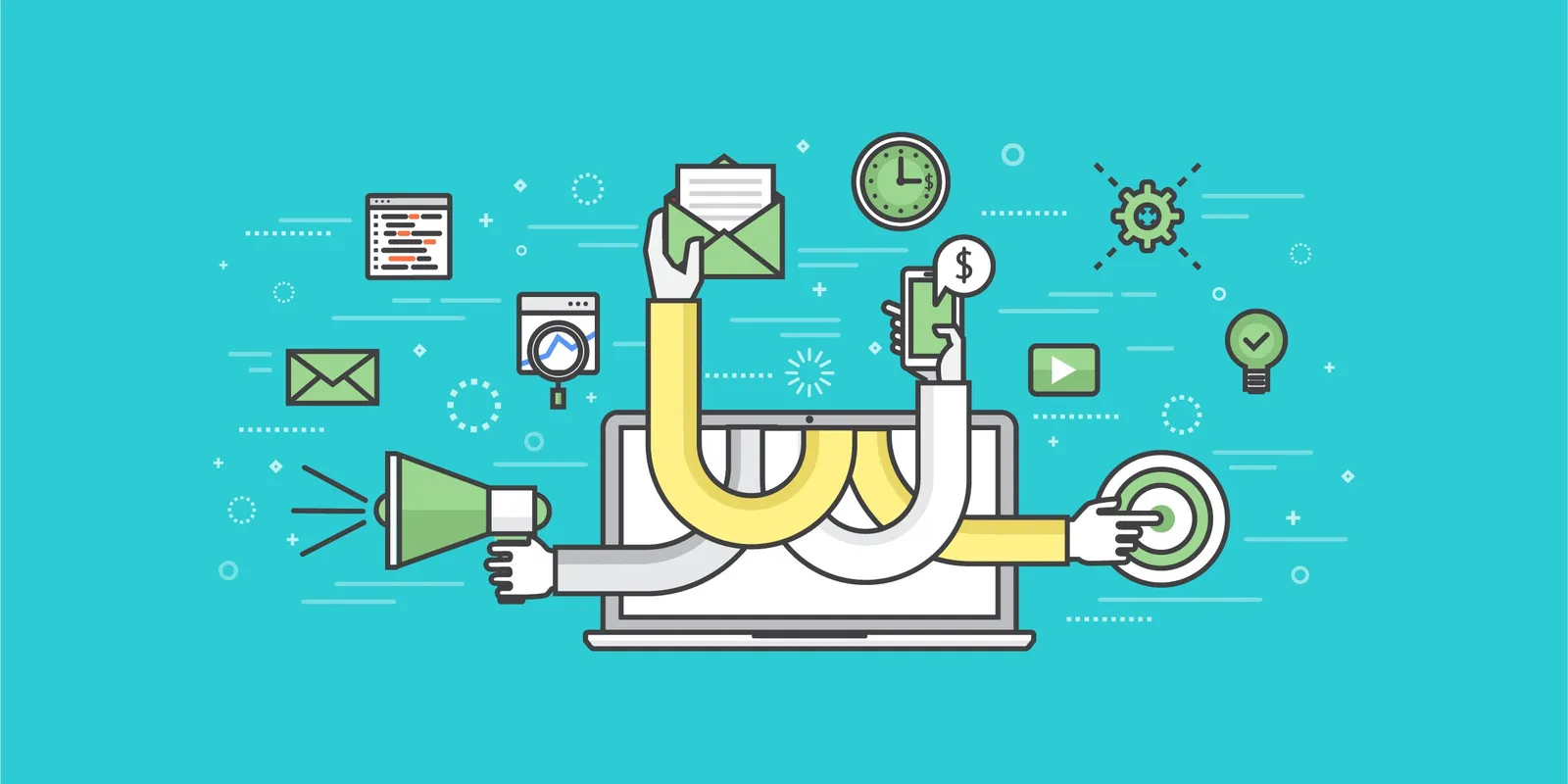Most complex B2B deals take months or years to close. Along with every point in that pathway, there are human beings interacting. There are literally hundreds of thousands of micro-conversions happening within one large-scale B2B sales engagement.
These are the realities.
Once the bastion of in-person interactions, B2B engagements must now occur almost exclusively as virtual exchanges even though they’re still primarily 1-to-1 communications between buyers and sellers. They may be using technology to connect, and share information digitally via that technology — but it’s still the transference of information (issues and solutions, questions and answers, plans, and revised plans) back and forth between humans that make up the logistics of the path. And even when the necessity to work remotely (thanks to the Covid-19 pandemic) fades, we will likely see many of these interactions remain virtual and digital.
Machine learning and artificial intelligence systems are limited based on the data and statistics they are able to gather, and what value they have been predisposed to assign to each data point. On social media platforms, for example, the “user” is the product, and the data feeds amazingly complex algorithms that decide what to serve up next to give that user. However, in most businesses, we aren’t able to mine the prospective buyer or client because they aren’t spending hours a day engaging with us or our content or services. Yet there are factors that make a difference in winning or losing a deal, and these are things we definitely need to be gathering, analyzing, and feeding into our systems.
Most businesses need to know, “What was the magic combination of ingredients that led the buyer to ultimately choose that particular seller?”
That’s it. That’s all that matters.
Customers are engaging at specific times and for specific reasons along the buyer journey. And yet — we aren’t capturing that information, or even trying to measure it and use it to get smarter. Traditionally most tracking is happening when they are still leads, doing their own research online in “stealth” mode. Once they become an active prospect, the data and intelligence gathering drop significantly. We enter a black box where the one giant outcome we capture is simply the win or the loss.
The journey itself is never acknowledged in a way that would help the organization get faster, smarter, and begin to produce better outcomes. A CRM might measure the progress of a deal through stages, but the level of engagement happening, with whom on the buyer side, and with what collateral or content being generated and shared — is not often tracked at all. And when it is tracked, it’s often through the lens of marketing rather than sales. Marketing places value on clicks, engagement time, shares, etc. Sales care about what moves the actual needle forward, or not.
#machine-learning #sales #business #ai #b2b-sales
